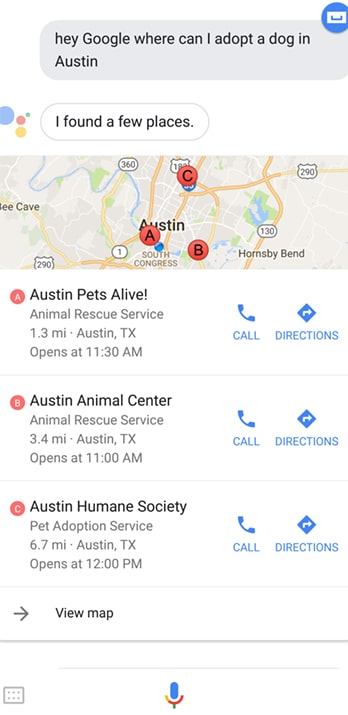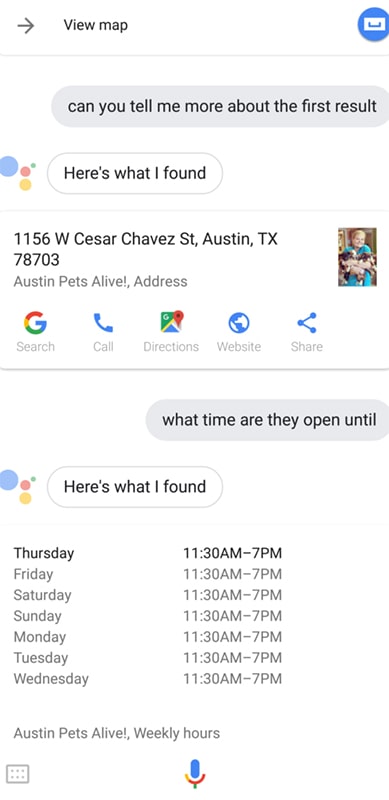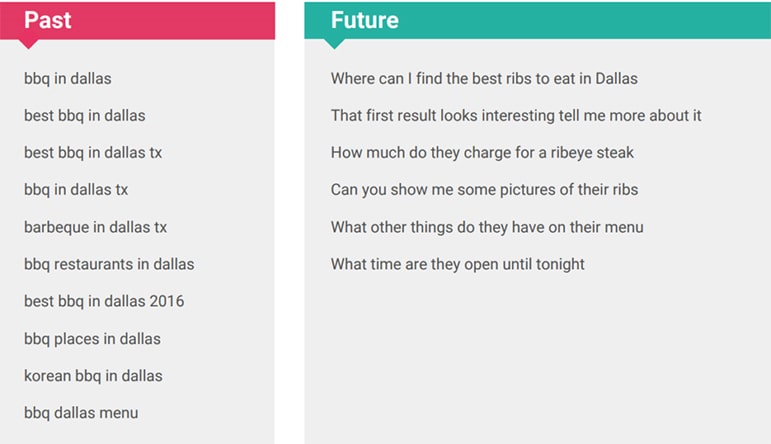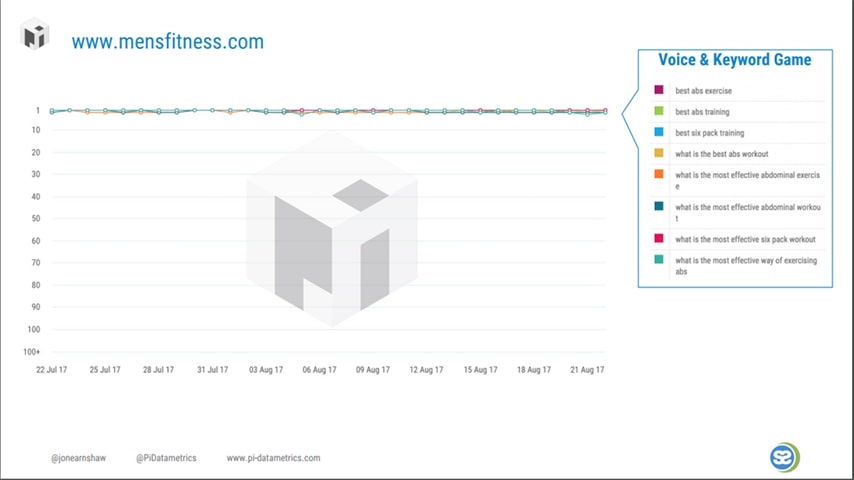
Voice Search and How It Will Impact Search Engines
Consumers quickly evolved to rely on typing queries in search engines to find what they’re looking for. There’s less of a need to call an establishment when you can find their menu, hours, and reviews by typing in a quick Google search. And while consumers can choose to use voice search rather than physically typing an inquiry, it’s not often you see people talking into their phone to search for something. Many of us find it embarrassing, too slow, or are worried that it won’t produce accurate results.
Voice Search & Search Engines
The reality is, voice is gaining traction, and it’s happening fast. By 2020 it’s expected that 50% of searches will be via voice. People are finding less time and patience to type out a long keyword string, as opposed to doing a voice search which is much quicker. Voice searches are getting easier, better, and faster. In a study by Stanford University, Professor James Landay and his team discovered that the error rates of voice search have decreased significantly from 8.9% to 4.5%. That’s a 50% drop. These improvements didn’t happen over the course of a decade, rather we saw this error rate drop happen just since last year! It’s becoming more of a reality that voice search and voice-activated devices, like Google Home, Siri, Google Assistant, and Amazon Echo are going to be even more relevant in the future.
In these next 24 months, more users will have back and forth vocal conversions with their devices. This will ultimately lead us to have a relationship with search engines, which spans over multiple queries with new searches throughout the conversation. Search engines are beginning to adapt to us, whereas it used to be that we had to adapt our behavior to work with search engines.
An example scenario described by Jon Earnshaw at the State of Search 2017 conference is one any animal lover is familiar with: pet adoptions. We begin the conversion and start of the relationship with our device by asking “Where can I adopt a dog in Austin?”
The search results provide animal adoption centers and shelters located in the area we searched. Now, let’s say you wanted more information about the first result from your initial query. You can voice search, “Can you tell me more about the first result?”. Google knew exactly what you wanted (Austin Pets Alive!) without even saying the name of the shelter based on the initial results.
After the initial result, one may follow up with, “What time are they open until?” By looking at the following results, you can see that Google provided the hours of business very clearly. Take note that this is, again, a brand new search. We didn’t specifically specify Austin Pets Alive in the search query, but Google knew we were talking about the store from the previous conversations we had with the search engine.

The user might then close the conversation with a question about directions. Google Assistant can even determine between driving and biking travel.
The Keyword Game vs Voice Query Game:

This really gives us a sneak peek into the future of voice search. But how is this going to affect advertisers and ultimately revenue?
Over the next 24 months, we may see behavioral shifts from keyword queries to broader and longer, tailed voice equivalent searches. While most advertising folks are focused in on the keyword game, they might be losing out on revenue if they aren’t aware of voice equivalent searches.
To better understand voice equivalent searches, Jon Earnshaw and his team conducted extensive research, taking several thousands of search terms from different verticals and then sorting them into typed keywords (“keyword game”) and voice equivalent-keywords (“voice query game”). The results reveal that one keyword, like “brown shoes”, can have many different voice equivalents: “where can I buy brown shoes”, “best brown shoes to buy”, etc.
Let’s dig into how searches would have implications in the real world. As an example, let’s you are on the way to the gym and want to search for an ab workout. Using typed searches, we would use keywords such as “abs exercise”, “abs workout”, and “best stomach exercise”. We would get great results from Fitness Magazine, as shown in the picture below. They hold the top ranking spots for this keyword search query.

When we search for the voice equivalents of these keywords, however, this same website takes a different turn. When searching for “how can I get a six pack”, “what should I do to get a six pack”, and “what should I do to improve my abs”, we see a much different result from Fitness Magazine.

This website is not ranking for any voice equivalent searches causing a potential loss of visitors who search through voice.
This also applies to PPC advertisements. If a competitor is bidding on the voice equivalent search of a keyword and their Ad pops up, while your Ads are only focusing on the “keyword game”, you may be missing out on leads or purchases.So you may be wondering, is it even possible to be good at both of these? How can I rank high for both keyword AND voice queries?
The answer is: yes. Men’s Fitness serves as an example of a website doing a very good job in executing this strategy. Take a look at the results below from Jon Earnshaw’s research:
 Keyword-Only Winners:
Keyword-Only Winners:
- Focus on traditional SEO
- Shorter form content
- Great architecture
- Relatively isolated approach
Keyword-only winners focus on SEO. If we were going to the gym, the Fitness Magazine results are what we’d benefit from seeing. The content is great, including very few words. But Earnshaw says we are not going to see keyword-based searches much in the future since they are an isolated approach and don’t make as good of a connection to possible relevant pieces of content.
Voice-Only Winners:
- Longer form content
- Often very factual
- Quoted resources
- Architecturally confusing to search engines
- Typically have a Q&A
What does it take to accomplish balance?
- Tick the obvious boxes
- CTR, Dwell time & bounce
- Detailed and accurate meta descriptions help improve your click-thru-rate and reduce bounce. Ensure that your descriptions are also optimized for mobile.
- Make connections
- Make the best connection between content and assets so that you satisfy search engines, and users can gain a better understanding of the site.
- Keywords not enough – think Intent and Semantics
- Get inside the mind of your customer and understand all the questions they are going to ask, then format your content to cater to those questions.
- Conversational tone
- Co-occurrence and synonyms
- Test/track for voice queries in the future
As 2020 approaches, advertisers should begin collecting and testing keywords for voice queries. Looking through past search queries to mine out relevant voice searches (insider tip: some “ok google” search terms hint towards a voice search). Also, bit on longer-tailed conversional keywords for testing.
Search engines and the ways in which consumers behave with search engines are changing rapidly. Where once we found it embarrassing to ask our phone a question, we may see ourselves taking that route much more often in the next 24 months. Advertisers need to get ahead of the game by realizing that voice equivalent searches are going to be much more prevalent in the future. To benefit from this shift, advertisers must step now to make sure websites, keywords, meta descriptions, and content are ready to handle the progressive switch in user behavior from keyword searches to voice searches.




